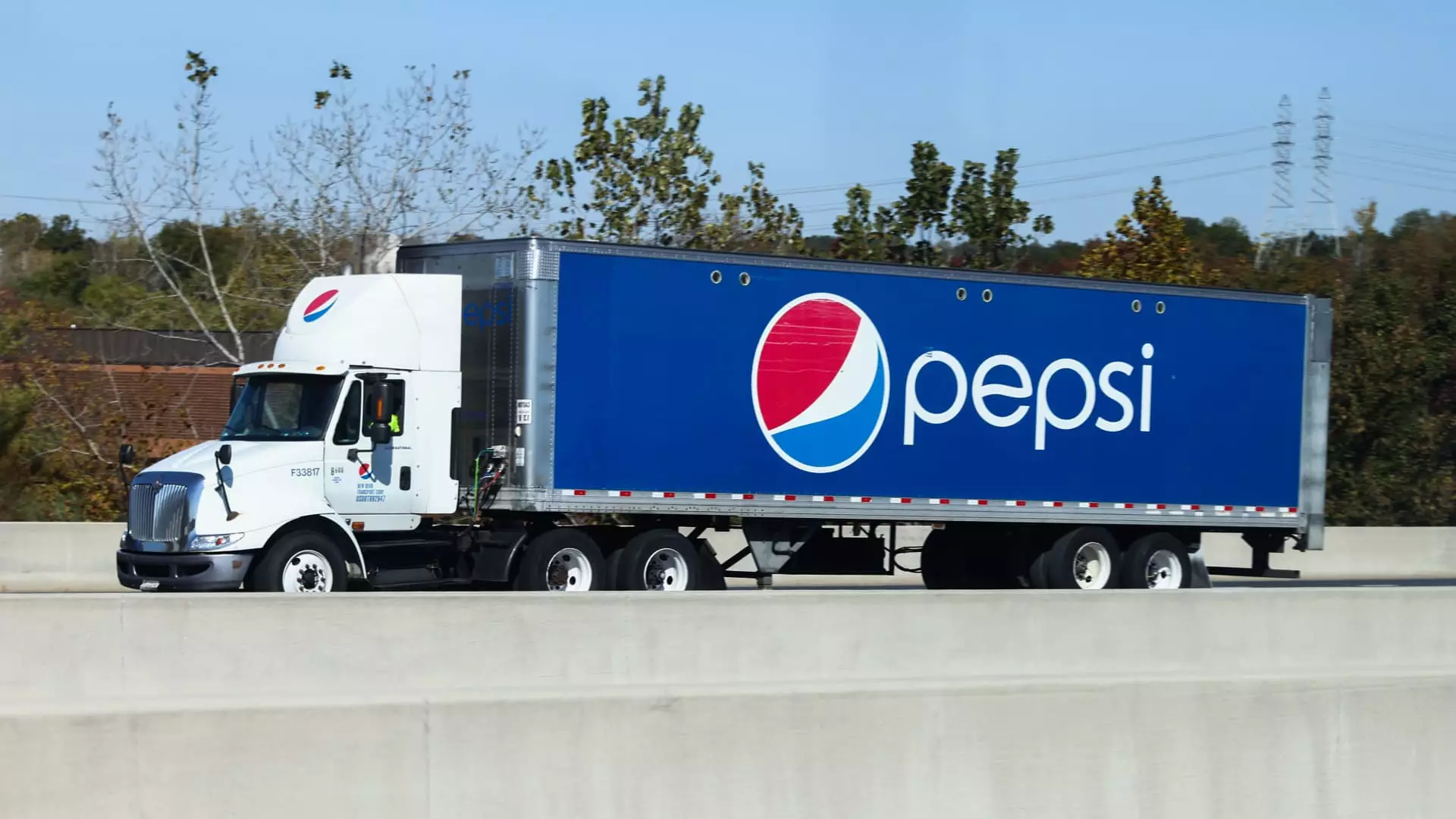In a recent statement, PepsiCo unveiled a significant downward adjustment in its forecast for organic revenue for the remainder of the year. This marks the company’s second consecutive quarter struggling to meet market expectations, a trend that reflects pervasive challenges affecting its various sectors. CEO Ramon Laguarta shed light on the impacts of recalls in the Quaker Foods North America segment, shifting consumer demand within the U.S., and disruptions encountered in international markets. These factors collectively contributed to the weakened performance that has shaken investor confidence and complicated growth projections.
Revised Projections for 2024
PepsiCo’s revised outlook for 2024 is telling; the company anticipates only a low-single-digit growth in organic revenue, a stark reduction from its earlier predicted growth rate of 4%. While the company maintains a positive forecast of at least 8% growth for its core constant currency earnings per share, the lowered revenue outlook signals a cautious approach moving forward. Such adjustments may reflect internal reassessments of market conditions as well as external pressures that seem to have stunted PepsiCo’s growth trajectory.
Analyzing the financial performance reveals stark contrasts between actual earnings and Wall Street’s expectations. PepsiCo recorded earnings per share of $2.31, surpassing the anticipated $2.29. However, the overall revenue of $23.32 billion fell short of the $23.76 billion projection, demonstrating a broader trend of decreased demand. In the third quarter, net income attributable to the company decreased to $2.93 billion from $3.09 billion the previous year, illustrating the toll that recent challenges have taken on profitability.
A concrete indicator of the company’s struggles has been the decline in volume across its food and beverage divisions. PepsiCo reported a notable 2% drop in overall volumes, with its Quaker Foods segment suffering the most significant blow, witnessing a staggering 13% decline. The December salmonella contamination recalls compounded the challenges, with the company facing critical production hurdles and a tarnished brand reputation. Food safety is paramount in maintaining consumer trust, and the ramifications of such recalls could last far longer than the immediate operational impacts.
Despite the downturn, segments like Frito-Lay North America are attempting to adapt to shifting consumer preferences. The snack division reported a 1.5% decline in volume but is actively pursuing strategies to enhance consumer value and boost in-store availability. Notably, popular brands including Cheetos and Stacy’s Pita Chips are areas of focus as PepsiCo reorients its strategy towards consumer engagement. Meanwhile, while there was revenue growth reported in legendary brands like Gatorade and Pepsi, the overarching trend indicated a decline in volume, raising questions about the long-term viability of these brands within the shifting market landscape.
PepsiCo’s struggles are not limited to the United States; international markets have also reflected a downward trend in both beverage and food segments. Regions such as Latin America and the Africa, Middle East, and South Asia markets reported declines, pointing to a potential global issue that transcends localized consumer behavior changes. This trend necessitates a reevaluation of the company’s global strategy and a potential pivot in product offerings to resonate with diverse consumer bases worldwide.
PepsiCo’s recent financial results and strategic adjustments serve as a reflection of a broader, evolving market landscape. Consumers are increasingly shifting their preferences in ways that challenge established brands to innovate and adapt. The repercussions of operational setbacks and changing consumer behaviors pose considerable challenges, but with a keen focus on strategic agility and consumer engagement, PepsiCo may yet find avenues for recovery and growth. As the company navigates these turbulent waters, its ability to respond effectively to consumer demands and market conditions will be pivotal in redefining its path forward.


Leave a Reply